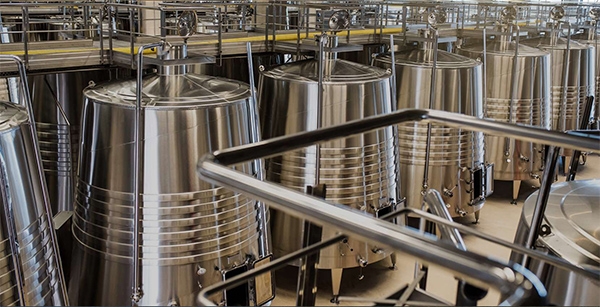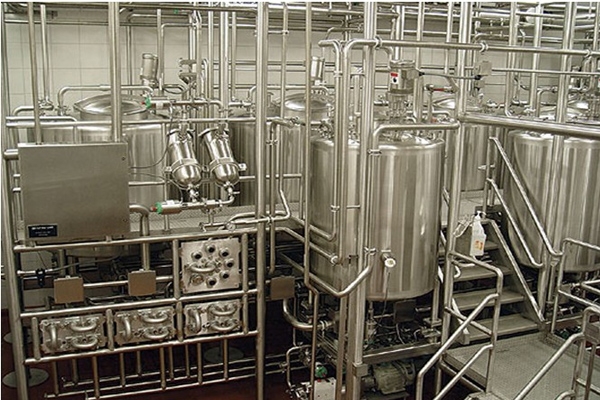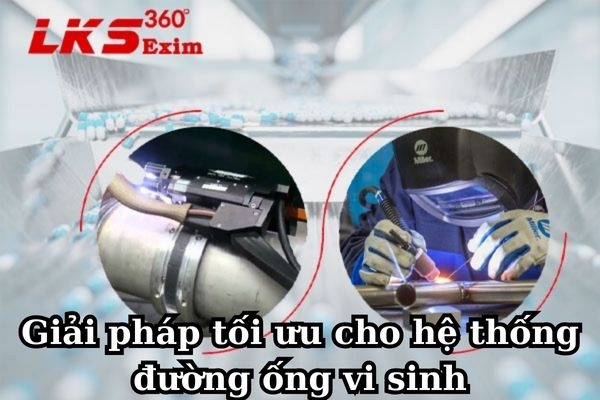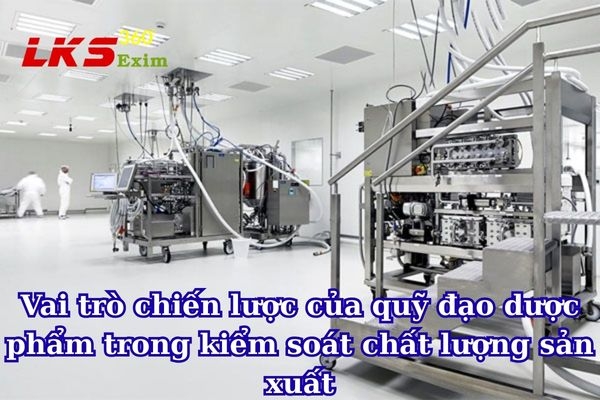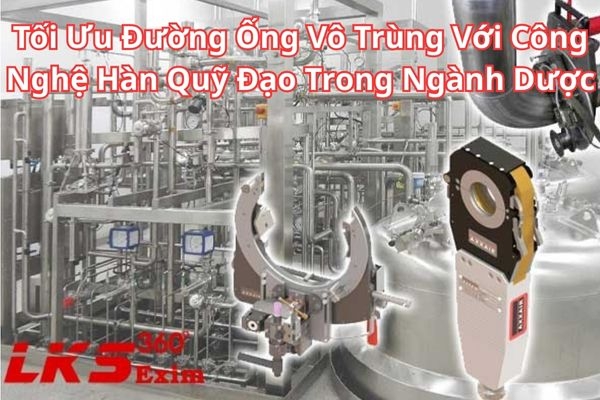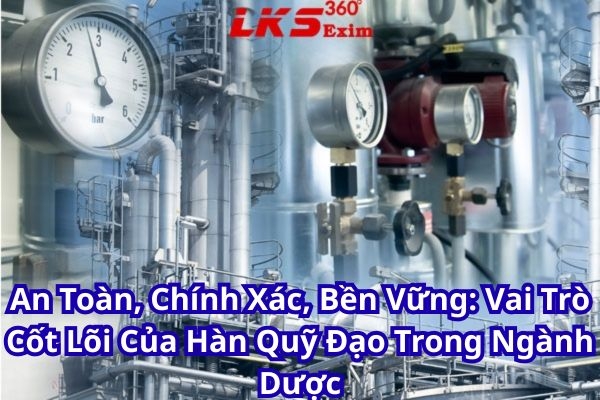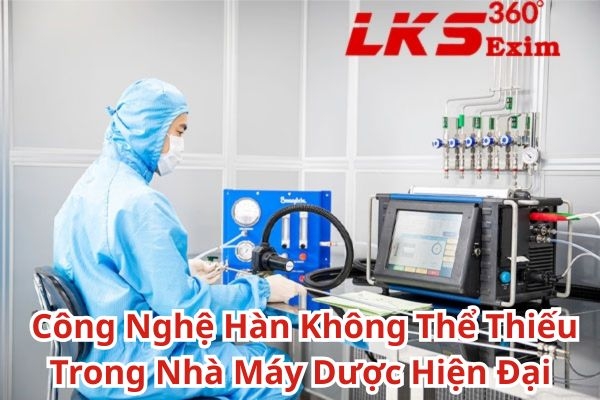Blog
Stainless steel pipe installation process
Micro-connected stainless steel pipe is a product that has been processed very precisely by Orbital automatic welding process and mechanical polishing both inside and outside. In particular, the inner surface is treated by very different methods. modern like mechanical polishing, electric polishing (Electropolishing). The purpose is to smooth the surface, avoid the plaque of the liquid solution during use. So how is the process of installing stainless steel pipes in industries? Find out with LKS 360 EXIM in the following article
Construction of orbital orbital row stainless steel pipeline
1.Orbital welding process: is a technical process suggested by ASME in the process of welding stainless steel pipes for machinery and equipment used in pharmaceutical, microbiological and food industries. The procedures related to Orbital welding are only applicable to the workpieces in the form of bellows or those that are floating in the form of round tubes.
2. Orbital cutting: is a pipe cutting method in which the cutter blade rotates around the pipe to be cut and cuts the pipe.
3. Orbital welding is a TIG (Tungsteng Inert Gas) welding method with the welding electrode head moving around the work piece to be welded, the electrode being controlled with the moving speed, the amperage at high pulse and high pulse. low pulse for best welding results.
The standard Orbital welding process requires the following steps
Pipe cutter: can choose any kind of tool to cut the pipe. However, the Orbital welding process requires that the pipe cross-section when cutting must meet the following criteria:
High flatness so that when joining 2 parts to be welded together, the gap is minimal. If this criterion is not met, the weld will not be straight, not beautiful, even convex, concave, or punctured.
Excess material samples, three socks, must be completely removed from the section as these will affect the weld flatness and create unnecessary points of material oxidation on the work piece.
Pipe welding: Orbital welding is a mandatory requirement because the stability and quality of the weld is better controlled than the conventional manual welding method.
The welding current is continuously controlled for uniform welding results. Can be welded on tubes with a thickness of 0.5mm to 4mm.
The shielding gas flow is controlled to provide sufficient shielding gas and equalize the pressure inside and outside the pipe. If the external pressure is higher, the weld will be concave inward, in the opposite direction will make the weld convex.
The temperature of the welded part is controlled to minimize the possibility of burning, oxidizing, denaturing, and discoloring the workpiece (Especially stainless steel (stainless steel)).
Welding the connection of stainless steel pipes will be straight, even and beautiful when seaming. Especially in the case of welding 2 different materials, the Orbital welding machine can also weld well and evenly without deforming the welding part.
Treatment after welding (Passivation): is a necessary step in cases where the material is capable of denaturation when welding stainless steel pipes. Passivation, in addition to removing burns and discoloration caused by the welding process, also minimizes problems caused by denaturation and oxidation of the material, thereby causing the material to rust and corrode. Passivation is a required processing step in the welding process when manufacturing machinery and tools for pharmaceutical, medical, microbiological and food use (ASME BPE).
Orbital welding and cutting technology is the solution for the installation, maintenance and repair of pipeline systems (boiler heat exchanger tubes, heat exchangers) in food factories. requires high precision pipe welding.
Blog

